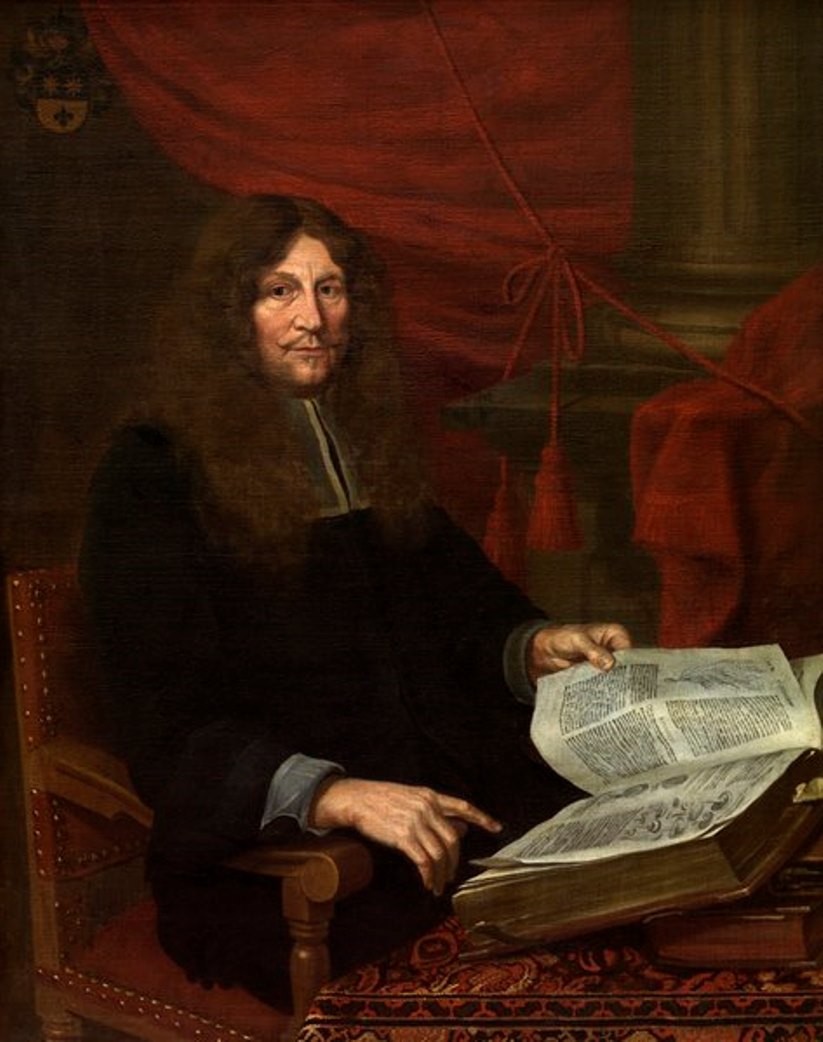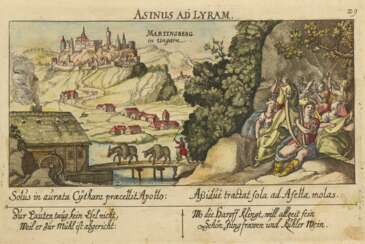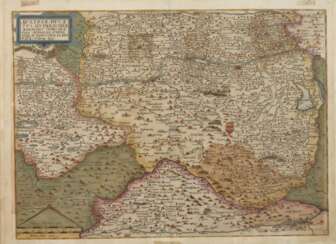panno

Felice Casorati was an Italian painter. The future painter originally studied piano, then graduated from the Faculty of Law at the University of Padua. At the same time he took painting lessons, first in Pavia, and from 1908 in Naples. In 1907 and 1909 held exhibitions of his paintings in Venice.
Felice Cazorati's work is strongly influenced by Symbolism and the Art Nouveau style (especially Gustav Klimt). In the early 1920s, the artist embraces the metaphysical realism of Giorgio de Chirico and uses his principles of spatial construction on the canvas. Later in the 1920s, he studied Renaissance art (in particular the works of Piero della Francesca). He painted still-lifes, genre and religious paintings, women's portraits and nudes, and also worked as a theatrical artist.
At the end of the 1920s, Felice Cazorati opened his own art school in Turin, and also taught at the Turin Academy of Art.






Axel Dick was one of the most important German representatives of geometric abstraction and op art.
During a trip to New York in 1965, Axel Dick discovered the path to Conceptualism. It was a style he followed for the rest of his life.


Frans van Sterbeeck or Johannes Franciscus van Sterbeeck was a Flemish clergyman, botanist and mycologist, painter, architect and historian.
In addition to his work as a priest, van Sterbeeck had a passion for botany and corresponded with prominent botanists of his time, including John Ray. In particular, he made a serious study of fungi and as a result produced a work entitled Theatrum fungorum oft het tooneel der Campernoelien, published in Antwerp in 1675. This richly illustrated book in Dutch describes the edible and poisonous species of mushrooms.
Frans van Sterbeeck also designed the main altar of the Antwerp Preaching Church and the portal of the Beguinage Church in 1680, and wrote two works on historical subjects.















































































